1
LGSignature Series OLED TV R
LG’s new flagship OLED 4K TV uses flexible screen technology to roll down into its base whenever you want it out of the way. You can also shrink it down to ‘line mode’, where only a small portion of the top of the TV is on display, which you can use to play music or control your smart home gadgets.
The base itself is a powerful Atmos Speaker System, which works in all three modes. It will go on sale this spring, and there’s no doubt it will be expensive. But for people who want a 65-inch TV, but don’t want it dominating the look of their living room, this is a perfect solution.
£TBA, lg.com
2
Smartbeat
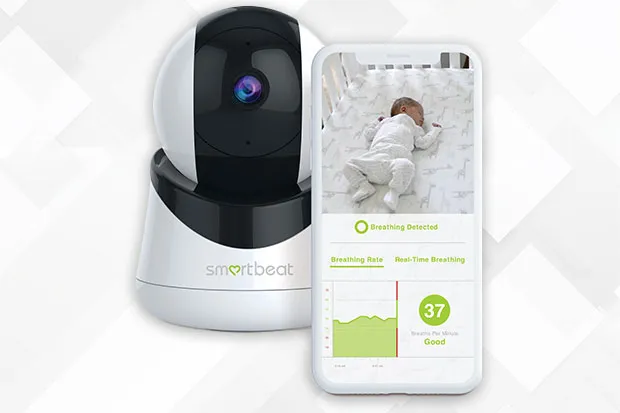
Smartbeat uses computer vision technology to help protect babies from sudden infant death syndrome (SIDS). It uses a camera to monitor the baby’s breathing patterns, alerting parents if the baby stops breathing. In most cases, waking the infant is usually enough to restore normal breathing.
SIDS accounts for the death of more than 200 babies a year in the UK, and although this sounds high, it does make it very rare. In most cases, Smartbeat will give parents peace of mind, but in some it could save lives.
$249.50, mysmartbeat.com
3
Loop Earplugs
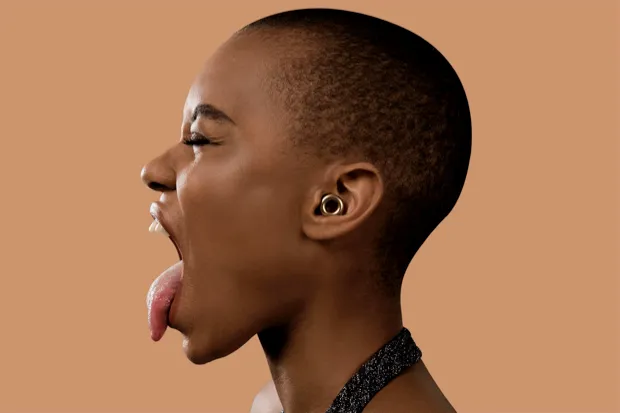
These earplugs protect your hearing at concerts and clubs, while looking decidedly un-dorky. The metal loop is an acoustic resonator with a hole that lets sound in, which mimics the length and resonance of your ear canal.
Inside it is a 20-decibel filter that equally reduces all sound frequencies, turning the sound you’re hearing down to safer levels. They fit comfortably in your ears using either silicone or memory foam ear plugs, whichever fit you best.
€29.95,loopearplugs.com
4
Samsung 75 inch MicroLED 4K TV
Samsung debuted an enormous MicroLED TV at last year’s CES, dubbed ‘The Wall’, and this year it returned with a consumer-friendly version, sitting at 75 inches (still huge, but something you might reasonably have space for in your house).
The advantage of using MicroLED is that it produces incredible picture quality, perfect blacks and a wide HDR colour palette, and should last a lot longer that OLED, it’s main rival, as it doesn’t degrade over time. Samsung hasn’t shared any details about dates or prices yet, but we bet this one won’t come cheap.
£TBD, samsung.com
5
HYPERVSN SOLO L

HYPERVSN showed off their moving, colourful and life-like holograms at CES this year. Although it doesn't come across in a photo, the holograms are created by super-fast spinning blades, making the moving pictures appear to hover in mid-air. And it’s completely convincing.
It’s aimedmostly at retail stores wanting to create eye-catching displays, but you can snag a 75cm version for yourself if you want. Just don’t touch the blades.
From £1,599, hypervsn.com
6
Forward X Ovis Suitcase
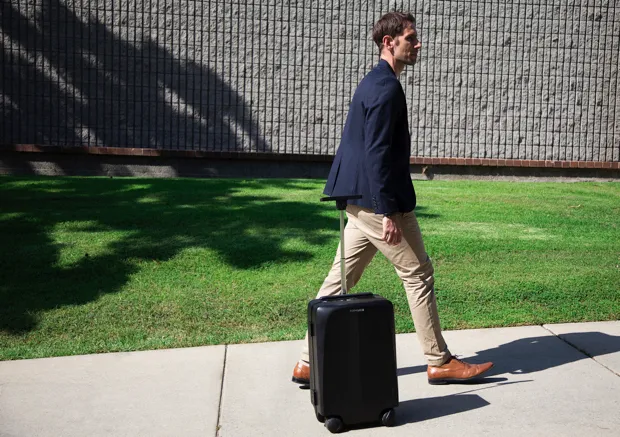
We’ve seen hands-free suitcases that dutifully follower their owners through airports, but they usually follow in their owner's wake so they don’t bump into anything. Unfortunately, that means they’re easy to pinch.
Forward X Robotics has solved that problem by inventing smart suitcases that recognise their owner and roll alongside them, avoiding obstacles like rubbish bins or small children.
$800, forwardx.com
7
North Focals
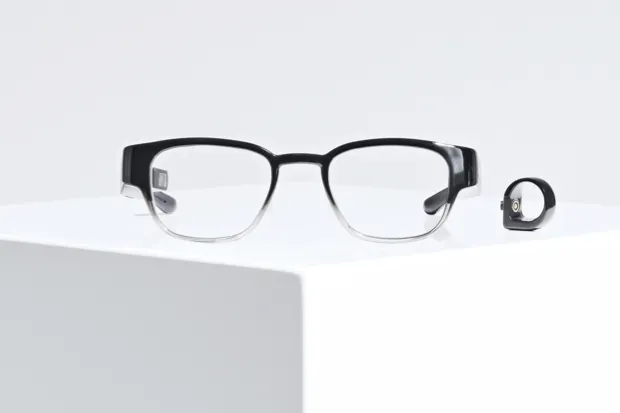
The realm of smart spectacles lives in the shadow of Google Glass’s failure, but North’s Focals might resurrect the idea. They’re normal-looking, which is a huge part of the appeal, with slightly thick arms being the only clue that there’s something smart going on.
The right arm has a tiny projector which throws images onto a see-through piece of polygraphic film on the right lens, which, to the wearer, looks like the information displayed is floating about arm’s length away. It has similar functionality as a smart watch, displaying things like incoming messages, the time, and the weather. The glasses are controlled with a ring you wear on your finger, which means you don’t need to touch the glasses at all.
$999, bynorth.com
8
Hydrogen Fuel-Cell E-Bike
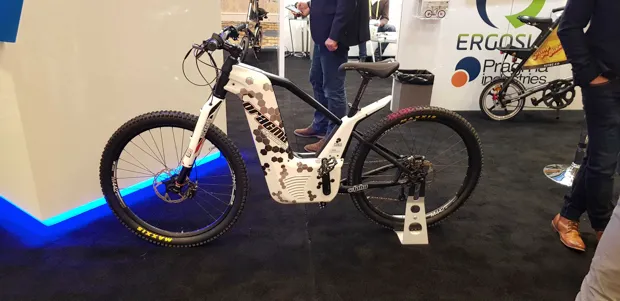
Pragma Industries, a French company, are at CES to show off their new hydrogen-fuel-cell-powered electric mountain and city bikes, which have a range of 60 miles, and take just two minutes to charge. The charging stations are huge installations, so Pragma bikes are best suited for bike sharing programs, or for groups like police or hotel guests.
9
Higher Ground Satpaq
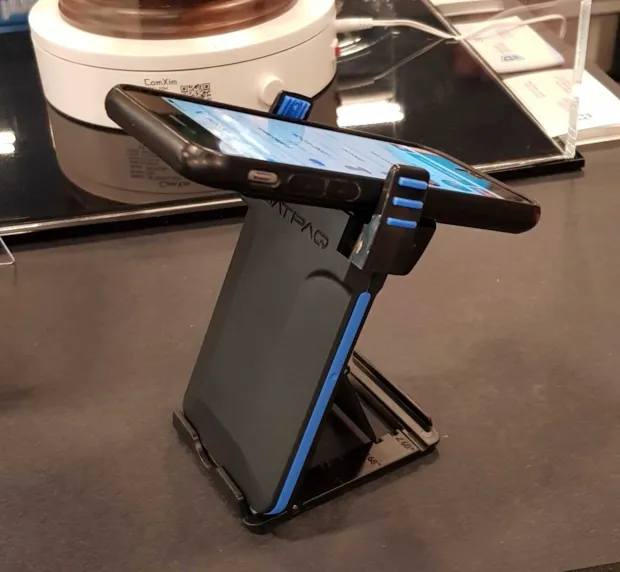
Higher Ground Satpaqs allow you to send texts when you’re completely off-grid; whether that’s on a hike in the backcountry, or in a city affected by a natural disaster. It attaches to your smartphone and will direct you to point your phone in a certain direction so that your message and location can be transmitted to others through geostationary satellites. You pay a one-off price for the Satpaq and only pay extra when you use it – perfect as a piece of emergency kit.
From $249, satpaq.com
10
Bell Nexus Helicopter
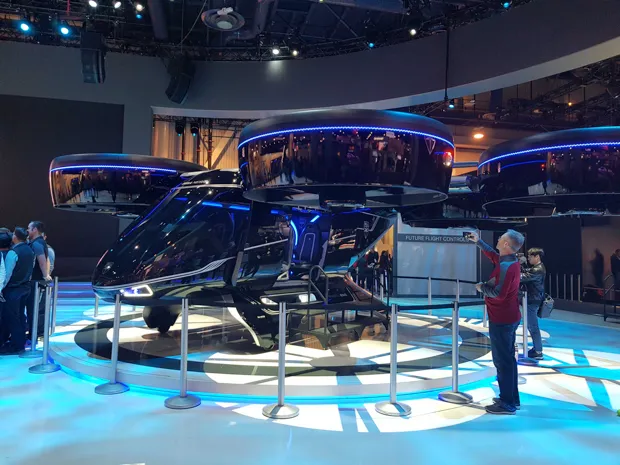
The concept design for a flying taxi took over a big chunk of the show floor at this year’s CES. The Nexus is a six-rotor, four-passenger flying taxi built by Bell, one of the companies of Uber’s shortlist of aircraft manufacturing partners. This is only a concept, which means at the moment, it’s non-functional, but the company plans on starting test flights in the early 2020s.
11
Printbrush XDR
The Printbrush XDR was certainly one of the funnest gadgets we saw at CES. It’s a small inkjet printer that connects to your smartphone and allows you to quickly print whatever you want, wherever you want. All you have to do is swipe the printer across a surface – cardboard, fabric and wood all work – and an optical sensor in the printer tracks the direction it’s moving and prints your image accordingly.
1,541,352 Swedish Krona (approx. £135), printbrush.com
12
Hyundai Elevate
Hyundai’s new concept car, Elevate, could be deployed in the wake of natural disaster to save people stranded in hard-to-reach places. It has four legs, each with a wheel, so the car could drive to the edge of a debris field, and then walk over rocky terrain to rescue those in need.
Hyundai claims the car would be able to climb over a five-foot vertical wall or step over a five-foot gap.
13
Foldimate Laundry Folding Machine
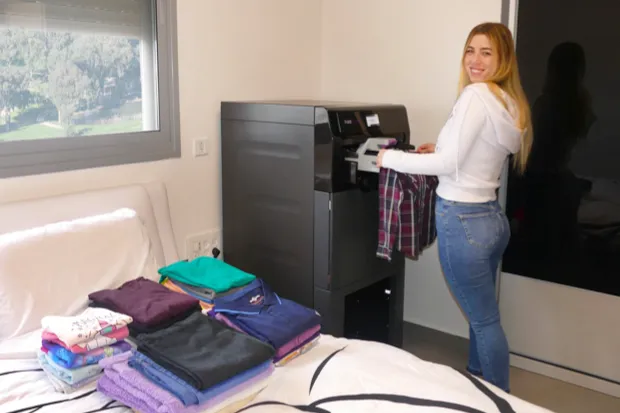
If you’ve got around $1,000 and a spare chunk of space in your house, you could snap up a Foldimate Laundry Folding machine. Feed your shirts into it and it’ll fold them perfectly in about five seconds, and it can do a whole load in about four minutes. No socks or underwear though, and baby clothes and large sheets are too difficult at the moment. Oh, you also have to clip each piece into the machine individually.
This is a cool idea, but for now, folding might be better left to humans.
$980 (estimated), Foldimate.com
14
Omron HeartGuide
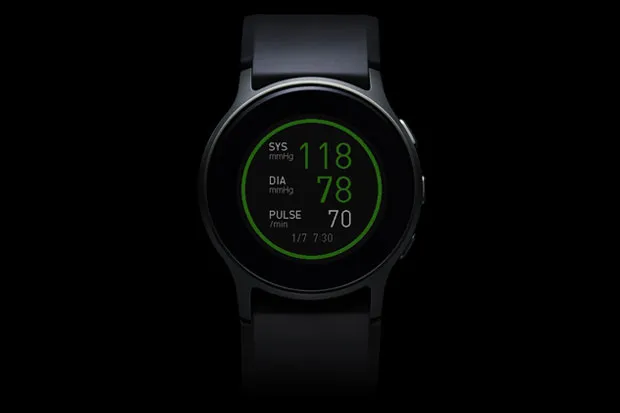
Clinical tech company Omron has released a new smartwatch with an FDA-approved blood pressure monitor. It uses the same mechanism as the upper arm blood pressure monitor we’re used to, but shrunk to miniature to work at the wrist. This has a few advantages: more frequent measuring makes it easy to find issues that are hard to detect during infrequent doctor’s visits, and it helps avoid high blood pressure readings that are common when patients are under stress at doctor’s offices.
15
Mui Smart Display

This high-tech plank of wood has a touch-sensitive interface built into its surface, which displays the time, weather information, a thermostat, text messages and can be used to access your voicemail. It even has Google Assistant built in, so it’ll respond to your commands. But we think its best feature is that when you’re nowhere near it, it just looks like a nice tidy piece of wood that you’ve chosen to mount on your wall.
£TBD, Mui.jp
Follow Science Focus onTwitter,Facebook, Instagramand Flipboard